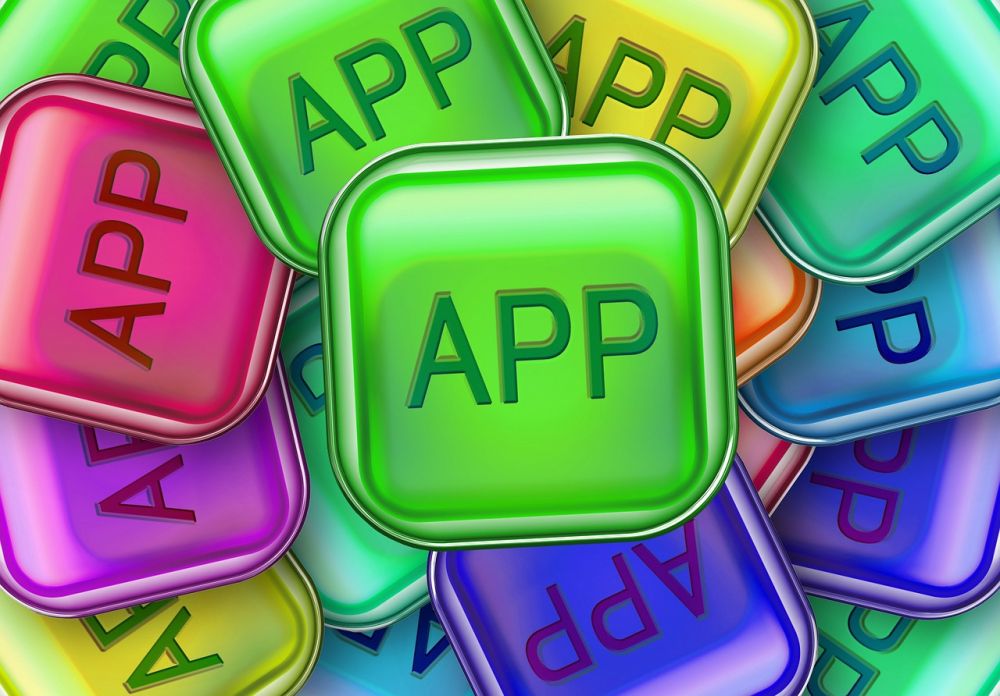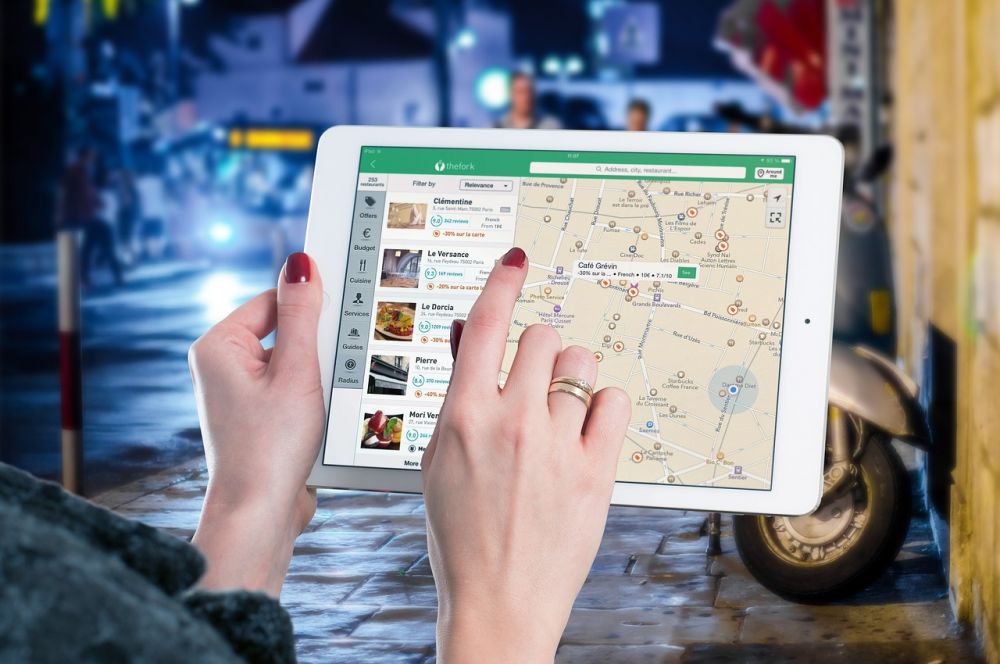Drift Apps: Revolutionizing Operations for Tech-Enthusiasts

Introduction:
In today’s fast-paced digital world, optimizing operations and streamlining processes have become paramount for businesses to stay competitive. This is where the emergence of “drift apps” plays a pivotal role. Drift apps have revolutionized the way organizations conduct their day-to-day activities, enabling them to enhance efficiency, productivity, and customer satisfaction. In this article, we will delve into the world of drift apps, providing an in-depth understanding of their significance and evolution over time.
I.
Understanding Drift Apps

:
Drift apps are software applications specifically designed to streamline various operational processes within an organization. These apps allow businesses to automate manual tasks, communicate with customers in real-time, manage data efficiently, and stay connected with their workforce regardless of their geographical location. By integrating several functionalities into a single platform, drift apps provide a cohesive and intuitive solution for businesses to optimize their operations.
Key Features of Drift Apps:
– Real-time Communication
: Drift apps facilitate seamless communication between teams, departments, and customers through features like instant messaging, chatbots, and video conferencing. This enables swift decision-making, prompt issue-resolution, and personalized customer interactions.
– Task Automation
: One of the primary benefits of drift apps is automating repetitive and time-consuming tasks. These apps can automate routine processes such as data entry, report generation, and scheduling, freeing up valuable time for employees to focus on critical projects.
– Data Management
: Drift apps allow businesses to centralize and manage their data efficiently. This includes customer information, project details, inventory, and financial records. With easy access to vital information, organizations can make informed decisions promptly.
– Collaboration Tools
: Collaboration is essential for enhancing productivity and fostering innovation. Drift apps offer a range of collaboration tools like file sharing, task management, and document editing, enabling teams to work seamlessly together regardless of their physical location.
– Analytics and Reporting
: Drift apps provide comprehensive analytics and reporting features, allowing businesses to gain insights into their operations. These insights help in identifying bottlenecks, tracking key performance indicators, and making data-driven decisions for continuous improvement.
II.
Historical Evolution of Drift Apps
:
The concept of drift apps dates back to the late 1990s when businesses started adopting customer relationship management (CRM) systems. These initial versions allowed companies to store customer data and track interactions. However, technological advancements in the 21st century led to the evolution of more sophisticated drift apps that encompass multiple functionalities.
Early 2000s: The focus was primarily on integrating CRM systems with communication tools like email, allowing companies to manage customer interactions more effectively.
Mid-2000s: Drift apps expanded their capabilities to include task automation, mobile access, and document collaboration. This increased mobility and efficiency for businesses, enabling them to adapt to the evolving digital landscape.
Late 2000s: With the proliferation of smartphones and the rise of cloud computing, drift apps became more accessible and scalable. The introduction of app marketplaces allowed businesses to customize their drift apps according to their specific needs.
Present: Drift apps have evolved into powerful end-to-end solutions, incorporating artificial intelligence (AI), machine learning, and advanced analytics. These cutting-edge technologies enable businesses to analyze vast amounts of data, personalize customer experiences, and improve operational efficiency further.
III. Optimizing Content for Featured Snippets:
Structured and easy-to-digest content is crucial for increasing the likelihood of a featured snippet appearance on a Google search. By adhering to the following structure and incorporating bullet points, this article aims to maximize its chances of appearing as a featured snippet:
Understanding Drift Apps
– Real-time Communication
– Task Automation
– Data Management
– Collaboration Tools
– Analytics and Reporting
Historical Evolution of Drift Apps
– Early 2000s
– Mid-2000s
– Late 2000s
– Present
IV.
Conclusion:
Drift apps have emerged as indispensable tools for businesses seeking to optimize their operations. With their ability to automate tasks, facilitate real-time communication, and enhance collaboration, these apps empower organizations to adapt to the ever-changing digital landscape. Moreover, the historical evolution of drift apps showcases their continuous advancements, from basic CRM systems to sophisticated end-to-end solutions incorporating AI and machine learning. By harnessing the power of drift apps, tech-enthusiasts can revolutionize their operations, drive growth, and stay ahead in today’s competitive world.





